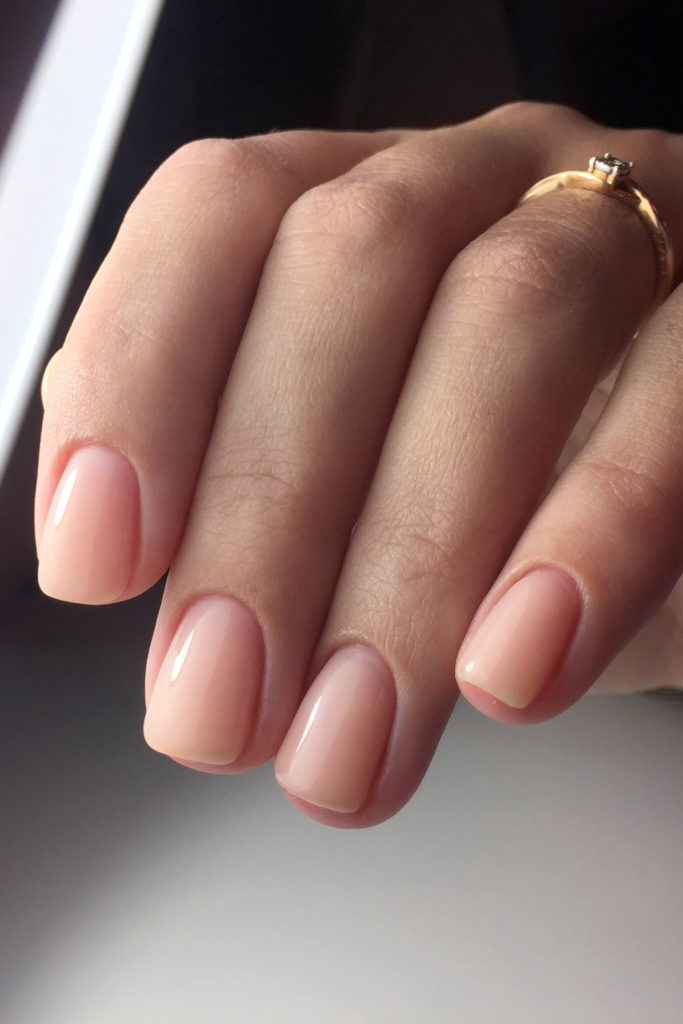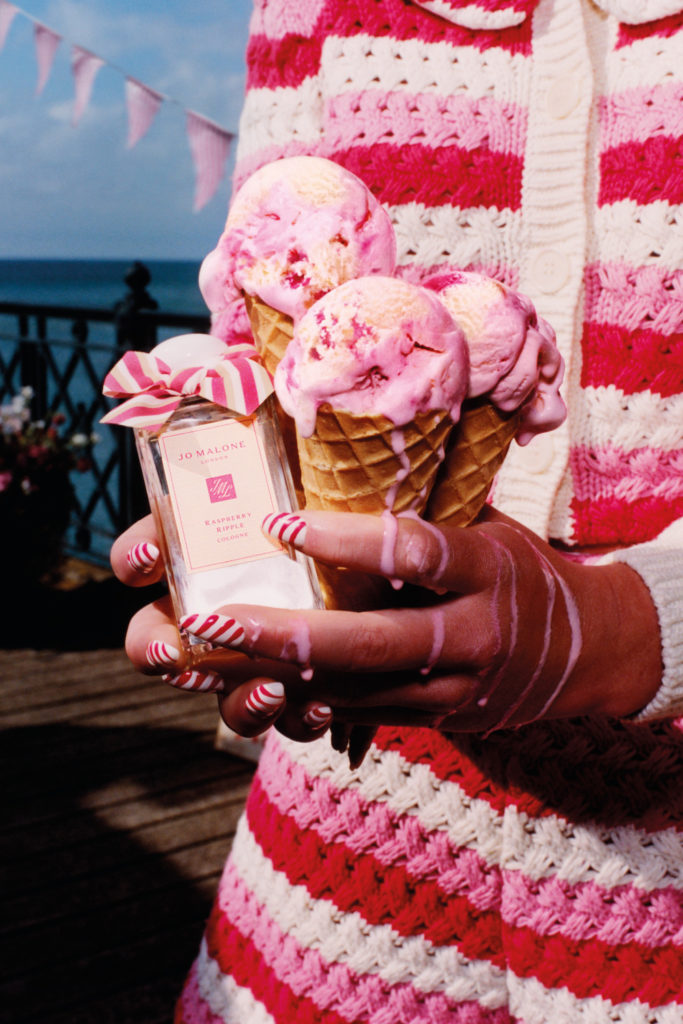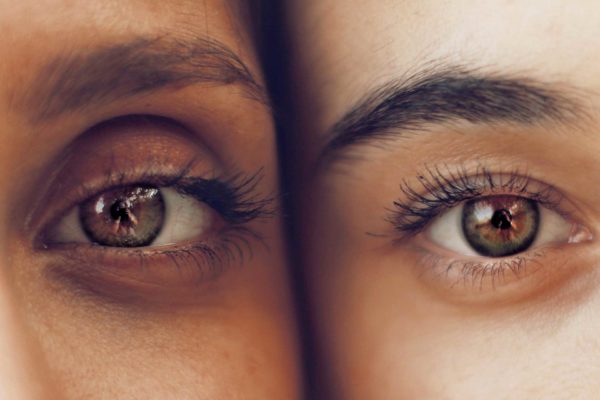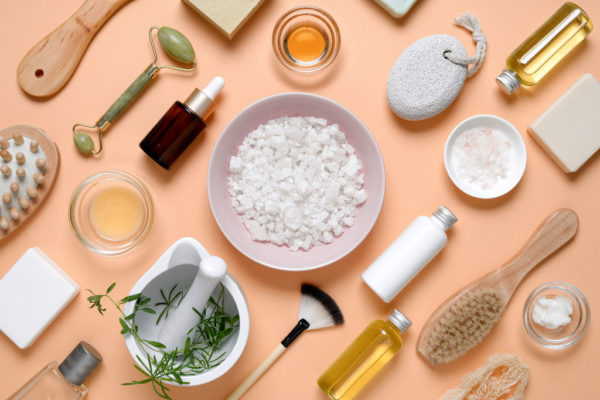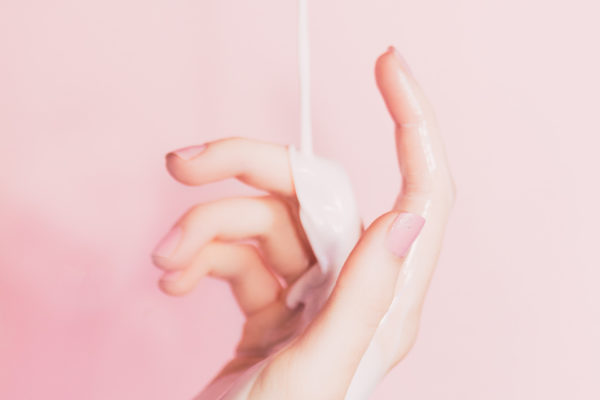The Skincare Ingredient You Need To Know: What Is Azelaic Acid?
By
2 years ago
If you’re suffering with problem skin, this could be the answer.
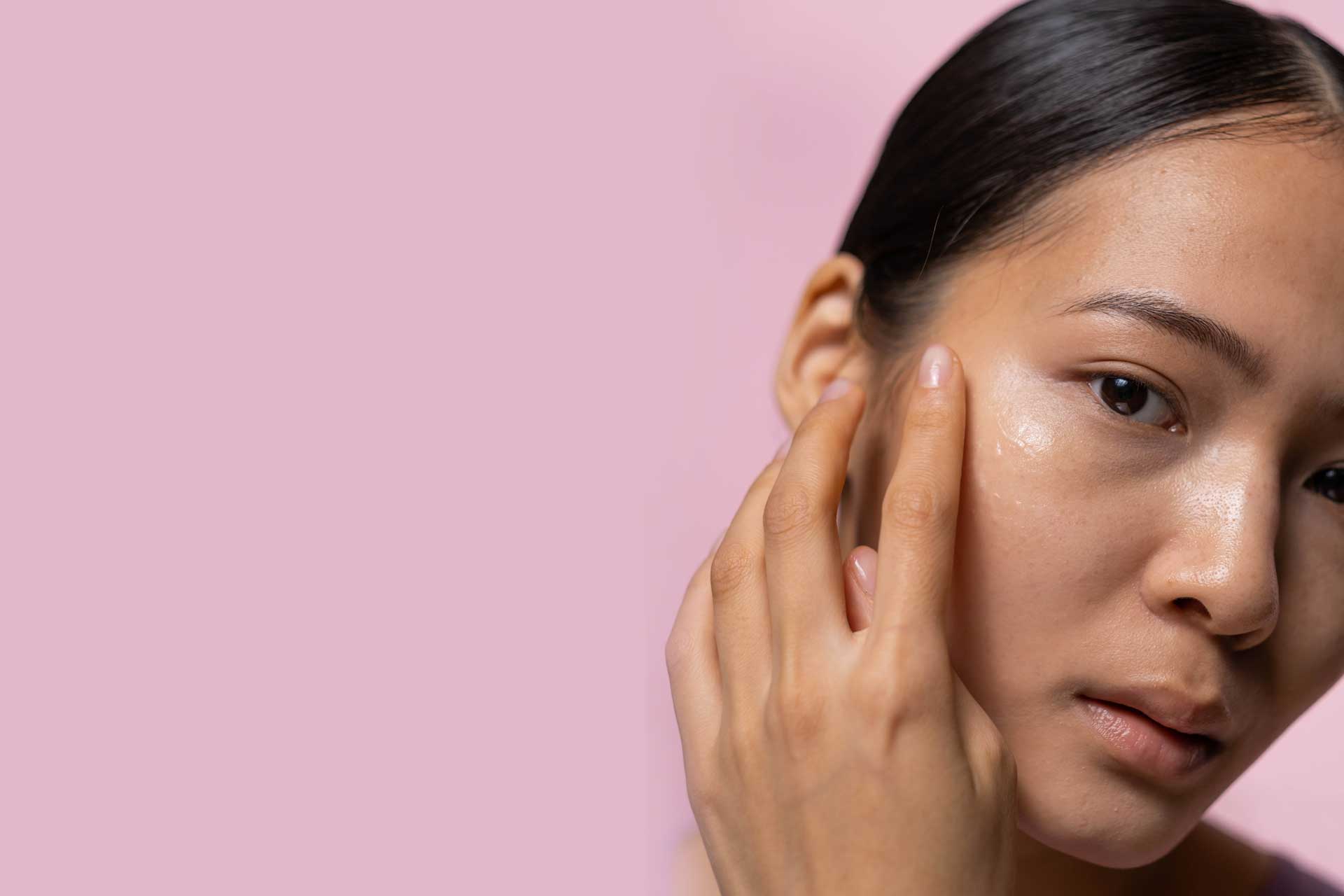
Azelaic acid is a skincare ingredient that beauty insiders will be very familiar with. It is a skin-friendly dicarboxylic acid derived from grains that has significant skin-calming effects and helps to improve redness. Azelaic acid is effective against a number of skin conditions, such as mild to moderate acne, melasma, and rosacea. It can also help to reduce the appearance of hyperpigmentation, all while improving overall skin texture and tone. Sounds good, right? To tell you more, we have called upon the expertise of Dr Sam Bunting, to explore what azelaic acid is, its benefits, side effects, and usage, and how it can be incorporated into your skincare routine.
What is Azelaic Acid?
‘When it comes to active ingredients in skincare, people often navigate to acids first for a little extra “oomph”. While glycolic and lactic acid get a lot of attention, there’s a lesser-known acid that is truly the secret underdog of skin success. Enter azelaic acid,’ says Dr Bunting. ‘It’s a trusted ingredient in my toolkit for its versatility and effectiveness while being suitable for anyone prone to redness, pigmentation or acne – which is pretty much most of us! Let’s deep-dive into one of my favourite ingredients and explore why you should build it into your routine.
‘Azelaic acid belongs to a class of ingredients called dicarboxylic acids,’ she continues. ‘Naturally occurring, we find it in wheat, rye and barley as well as within our own skin’s microbiome. I find that when a molecule is naturally present on our skin, more often than not, it has the ability to do lots of helpful things in the skin – just like retinoids!’
What are the benefits?
‘Azelaic acid is an incredibly versatile and effective ingredient for tackling multiple concerns such as acne, rosacea and pigmentation:
- ‘Reduces inflammation: Azelaic acid soothes irritation and helps to improve redness caused by inflammation in rosacea.
- ‘Fights acne: It has antibacterial properties which helps to treat current breakouts and prevent further bouts of acne, too. It’s why I included it in my blemish-busting Flawless Neutralising Gel
- ‘Unclogs pores: it normalises keratinization, which keeps pores clear and helps eliminate blackheads.
- ‘Gently exfoliates: It helps remove unsightly dead skin cells that can cause our skin to look matte.
- ‘Evens skin tone: It inhibits tyrosinase, which is an enzyme that leads to excess melanin and hyperpigmentation. It’s effective on post-inflammatory hyperpigmentation from acne breakouts, sunspots from UV damage and even melasma.
- ‘A powerful antioxidant: it maintains our skin’s long-term health, helping to prevent free radical damage.’

Photo by Tirza van Dijk on Unsplash
What types of skin is Azelaic Acid best for?
‘Azelaic acid can help with acne, rosacea, pigmentation and a number of other skin conditions,’ says Dr Bunting. ‘Due to the gentle nature of the acid, it’s great for almost all skin types and safe for those who are pregnant or breastfeeding.’
How should you incorporate it into your skincare regime?
‘When choosing a formula to try, I recommend that you know the percentage of azelaic acid in the product you’re using and build up to your limit gradually,’ advises Dr Bunting. ‘Products range from five per cent and go up to 20 per cent (on prescription). Treat it like a ladder – start on a low rung and work your way up. In most instances, azelaic acid should be used all over the skin as not only will it help improve areas of concern, it can provide antioxidant protection, brighten skin tone and improve skin texture. With active ingredients, using more product doesn’t equal a better result so start slow!’
So, how would this look in a daily routine? ‘My morning recommendation would be to start with Flawless Brightly Serum,’ suggests Dr Bunting. ‘Begin with half a fingertip of product and build up gradually to a full fingertip, providing you don’t have any irritation. As always with skincare, an even distribution is key so I’d recommend using the 13 Dot Technique™ application method – you’ll be pleasantly surprised how a small amount of product goes a long way.
‘It’s safe to be used twice a day but if you have sensitive skin, always be cautious and build azelaic acid into your skin slowly by using it every other day,’ she continues. ‘I often find anecdotally that patients are able to use their retinoid more easily once they’ve used azelaic acid for a while. For evening I’ve combined azelaic acid with gentle but effective two percent granactive retinoid in my Flawless Nightly 2% Retinoid Serum or my more powerful Flawless Nightly Pro 5% Retinoid Serum, which both pair perfectly with the morning serum, incorporating this two to three times a week at night.’
Is there anyone who should avoid it?
‘In reality, very few people struggle with azelaic acid,’ says Dr Bunting. ‘Perhaps that’s not surprising given that its first line treatment for rosacea, an inherently fiery condition. Occasionally, someone with sensitive skin will find azelaic acid hard to tolerate but it’s rare. For those with very sensitive skin, layering it over moisturiser (rather than applying directly to cleansed skin) can really improve tolerability in the early stages. Tolerance increases typically with use, as azelaic acid makes skin less reactive.’
Anything else we should know about Azelaic Acid?
‘Thanks to its versatility, azelaic acid is a team player and pairs well with other active ingredients,’ explains Dr Bunting. ‘For the daytime, azelaic acid works very well with vitamin C and niacinamide which can be combined (with SPF) for a stellar morning routine. This trio all exhibit antioxidant properties which protect the skin from free radicals – find them in our best-selling Flawless Brightly Serum, our daytime warrior for complexion brilliance.
‘Azelaic acid is central to my clinical work,’ she continues. ‘It forms the backbone of maintenance acne regimes and is widely useful when tackling sensitive skin concerns, including rosacea and perioral dermatitis. We can extrapolate from this why it’s so helpful even in those with mild skin issues and it’s a true pleasure to see access to this helpful ingredient increase in over-the-counter products.’
And the last thing to know? ‘Ultimately, when one ingredient is able to treat multiple concerns, it allows you to use fewer products – this makes being consistent with your routine even easier and leads to long-term results that are sustainable.’




